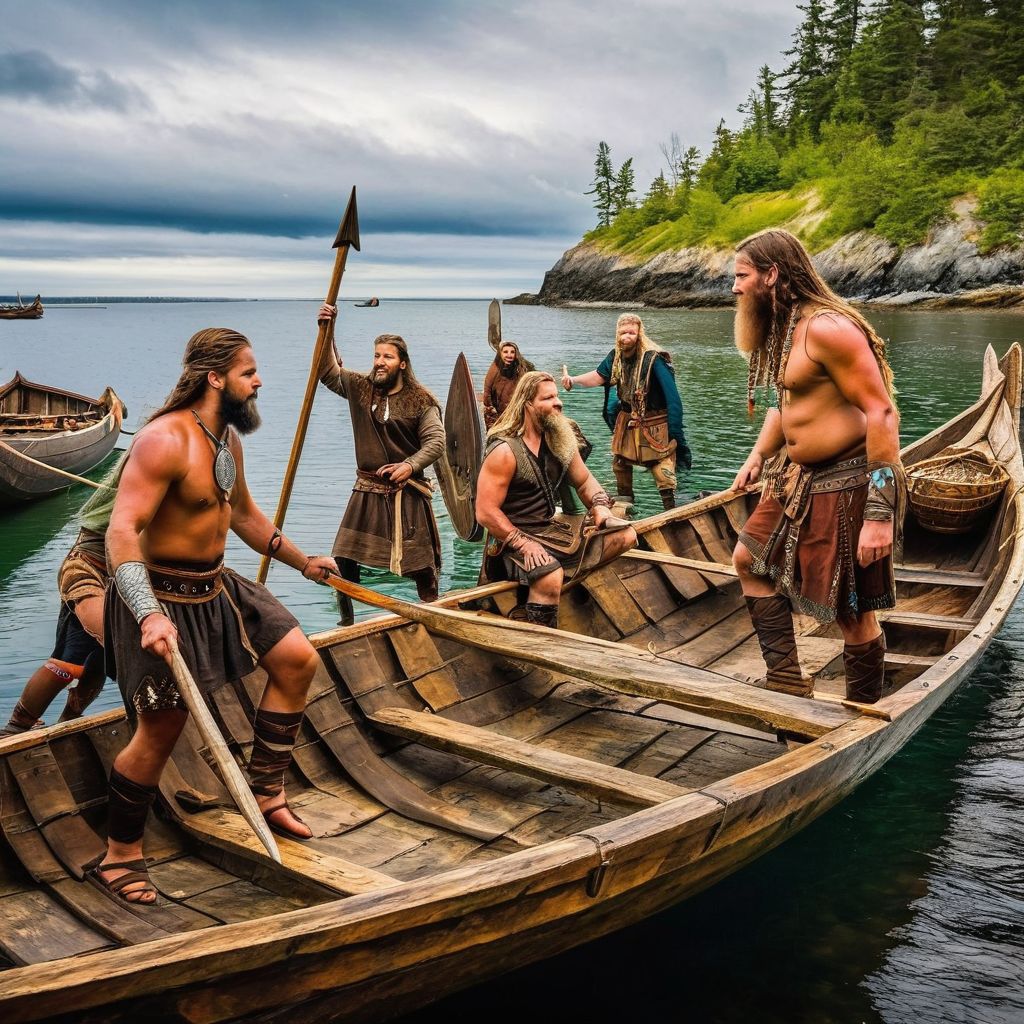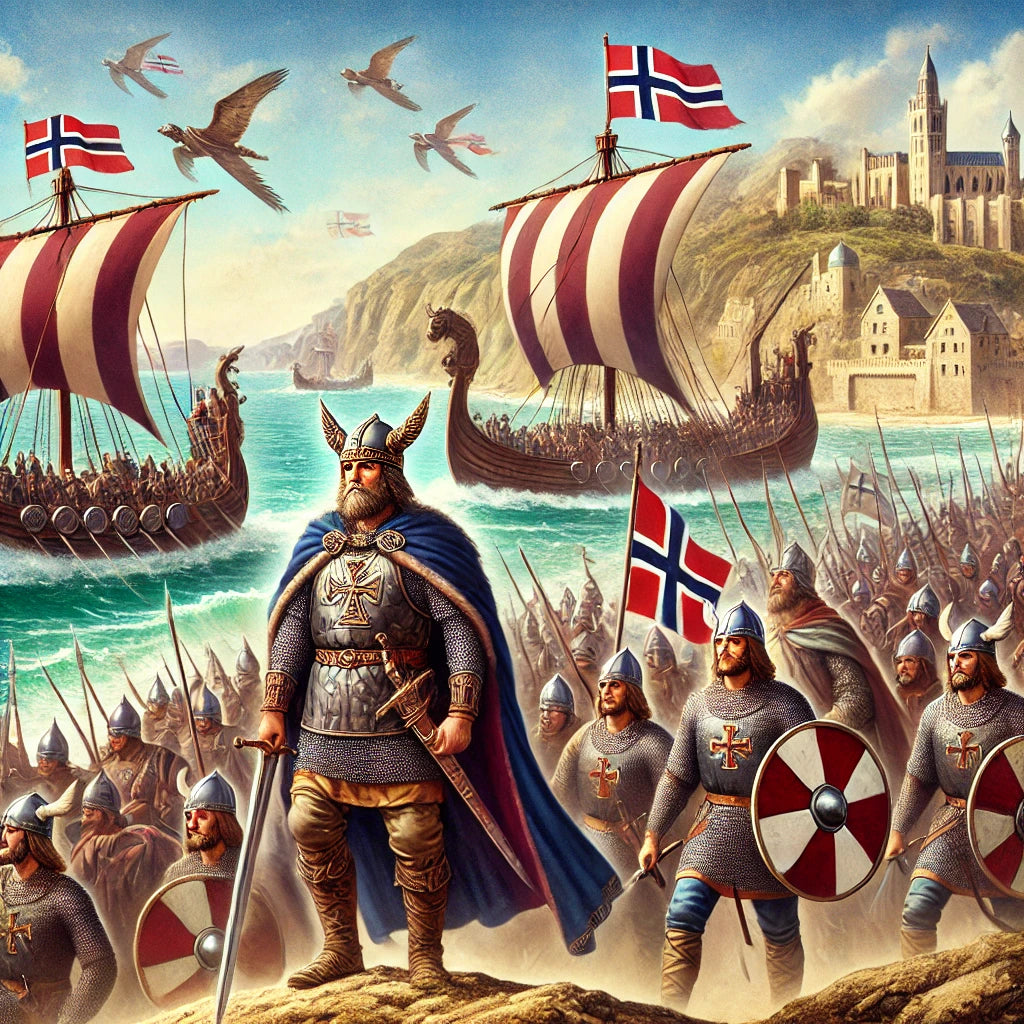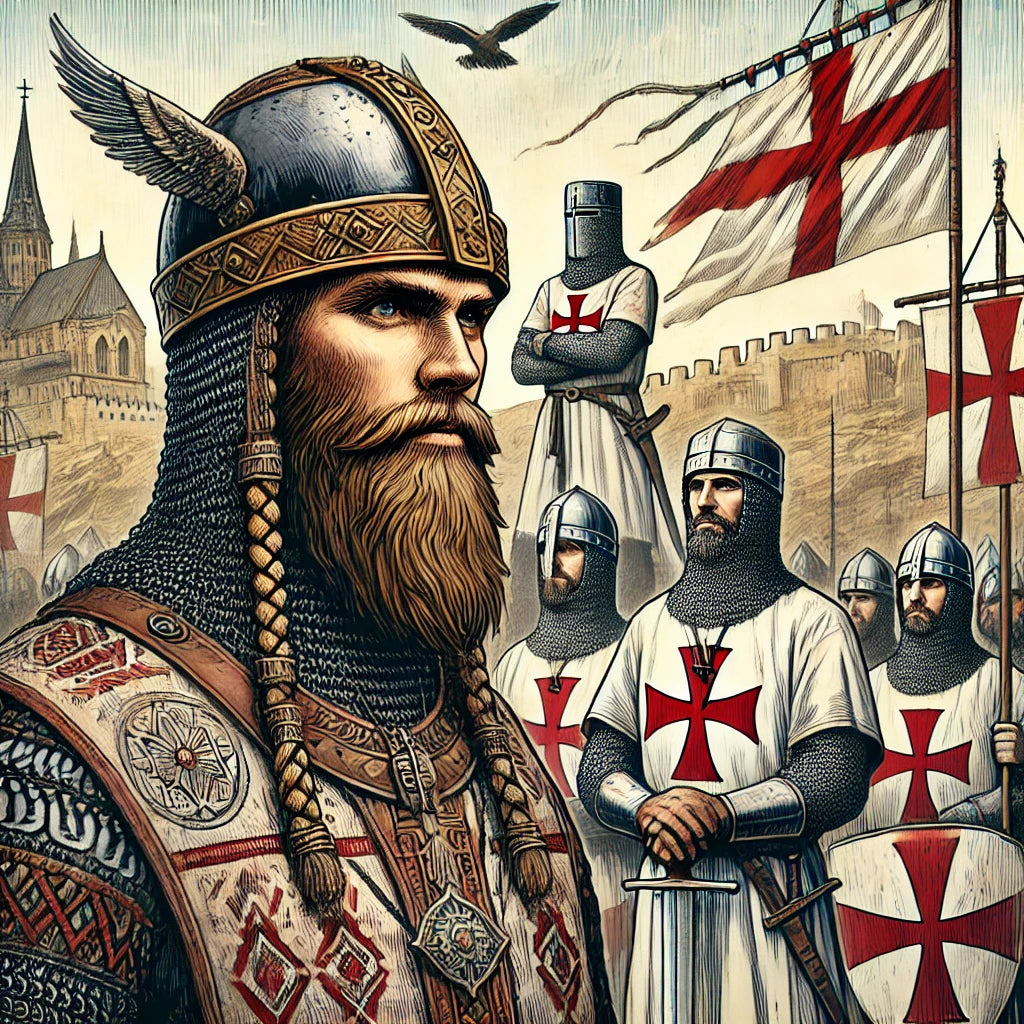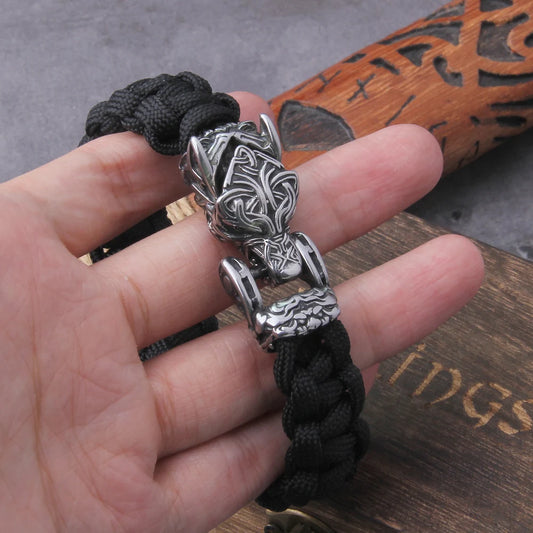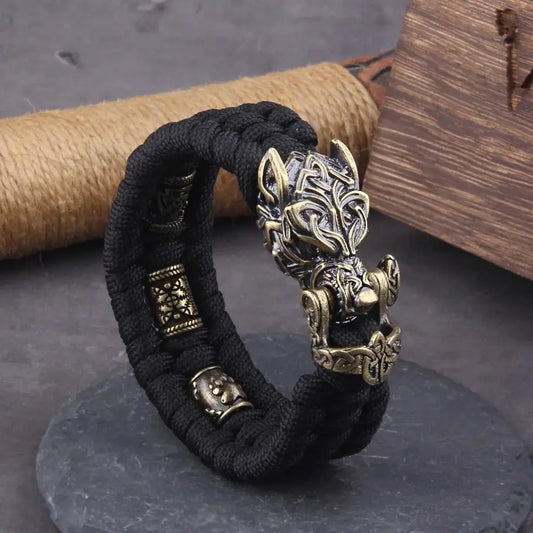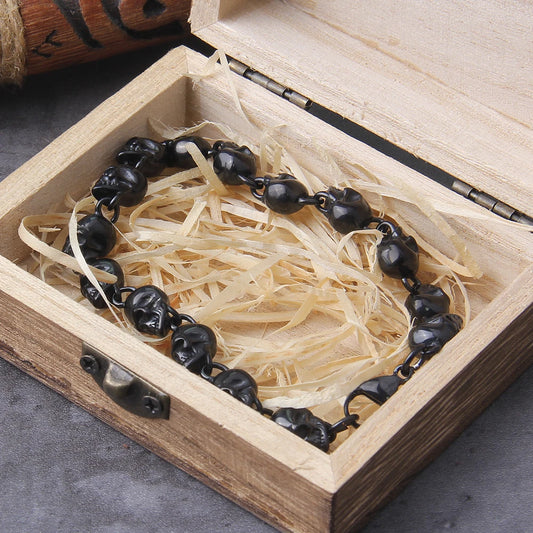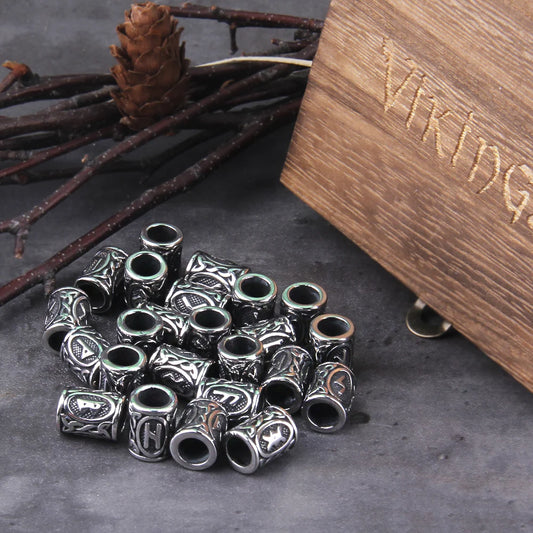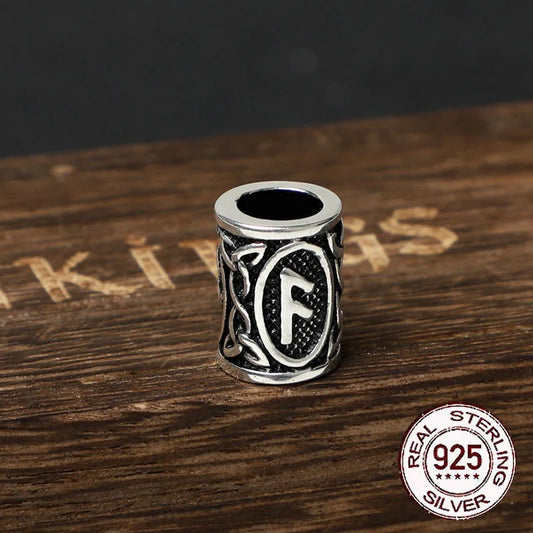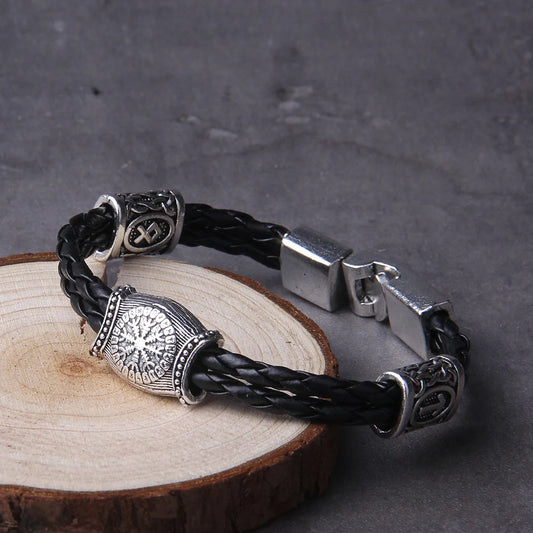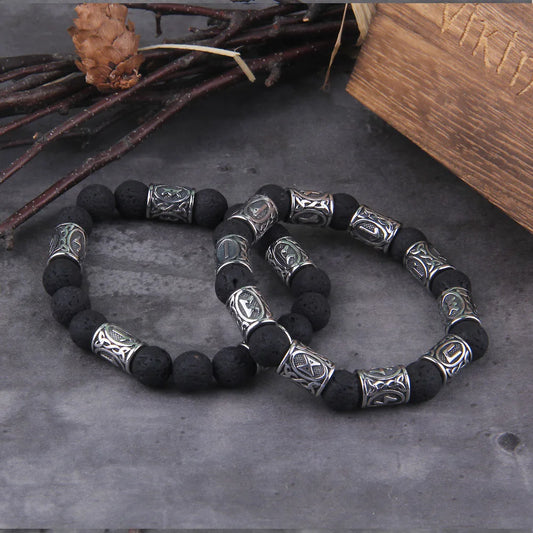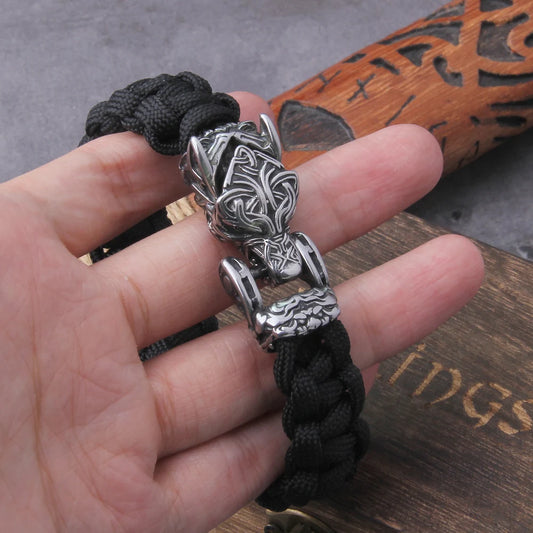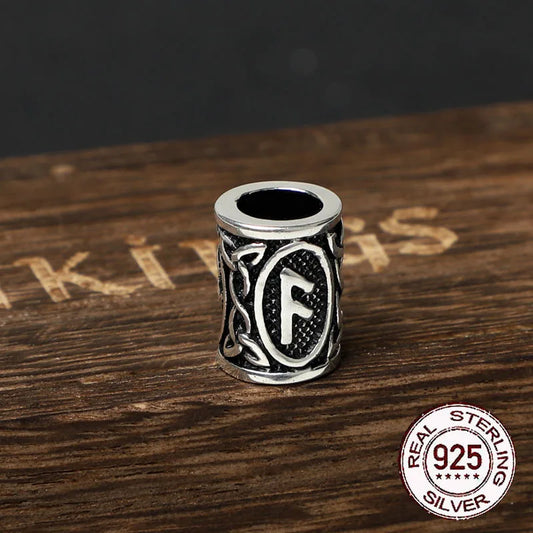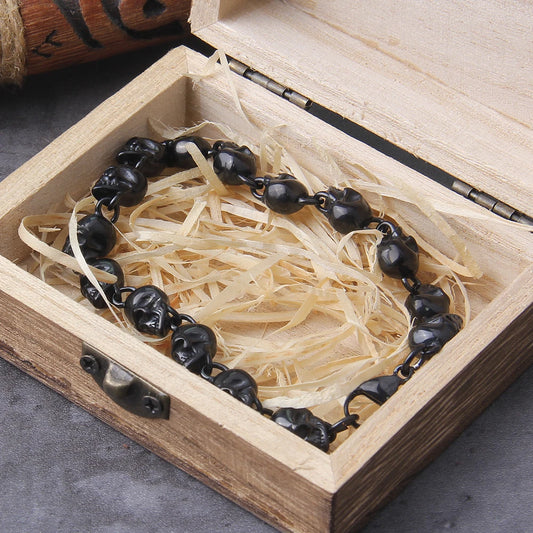Vikings in the Crusades: Norse Warriors in a New Arena
The Vikings are often remembered as seafaring raiders, traders, and settlers who dominated Northern Europe from the late 8th to the early 11th century. Their iconic longships, fierce pagan gods, and warrior culture remain etched in popular imagination. Yet, as the Viking Age waned, many Norsemen transitioned into broader European society, adopting Christianity and engaging in new pursuits. Among these was participation in the Crusades—a fascinating chapter of Viking history that highlights their adaptability and enduring martial prowess.
The End of the Viking Age and Christian Conversion
By the late 11th century, the Viking Age was drawing to a close. The conversion of Scandinavia to Christianity played a crucial role in this transformation. As kings like Olaf Tryggvason of Norway and Olaf II Haraldsson (St. Olaf) promoted the new faith, Norse society gradually shifted from its pagan roots. This shift aligned the Norse kingdoms with the rest of Christian Europe, opening the door for their participation in continental affairs, including the Crusades.
The Crusades, a series of religious wars initiated by the papacy to reclaim Jerusalem and the Holy Land from Muslim control, offered Scandinavian warriors an opportunity to channel their martial skills in service of Christendom. The allure of adventure, spiritual rewards, and the promise of land and wealth drew many Norsemen to join these campaigns.
Scandinavian Participation in the Crusades
The Varangian Guard: A Precursor to Crusading Norsemen
Before the Crusades proper, Norse warriors already had a legacy of fighting in the Mediterranean. The Varangian Guard, an elite unit serving the Byzantine emperors, included many Norsemen who sought fortune and fame abroad. Some of these warriors, such as Harald Hardrada, fought in battles across the Byzantine Empire, and their experiences paved the way for future Scandinavian involvement in the region.
The First Crusade and Beyond
Scandinavian involvement in the First Crusade (1096–1099) was minimal, as the region was still solidifying its Christian identity. However, by the time of the Second Crusade (1147–1149), Scandinavian kings began to take a more active role. For example, King Sigurd I of Norway, also known as Sigurd the Crusader, led a significant Norwegian contingent on a pilgrimage to the Holy Land in 1107–1110. Sigurd's fleet of 60 ships sailed through the Mediterranean, stopping to assist Christian allies and ultimately reaching Jerusalem, where he was received with great honor by King Baldwin I.
Sigurd’s journey marked the first recorded Crusader expedition by a Scandinavian monarch, earning him a place in history as one of the few kings to personally participate in the Crusades. His campaign not only symbolized Norway’s integration into European Christendom but also demonstrated the enduring Viking spirit of exploration and conquest.
The Baltic Crusades: Norsemen on a New Frontier
While the Holy Land Crusades captured the imagination of Europe, many Scandinavians also participated in the Baltic Crusades, aimed at converting pagan tribes in the eastern Baltic region. These campaigns, often led by the Teutonic Knights and other Christian orders, attracted Danish and Swedish nobles seeking to expand their influence and secure trade routes. The Baltic Crusades offered a familiar theater of war, echoing the coastal raids and conquests of the Viking Age.
Legacy and Impact
The participation of Norsemen in the Crusades underscores the adaptability of Viking culture. As their pagan beliefs gave way to Christianity, the Norse channeled their warrior ethos into new contexts, from pilgrimages to military expeditions. Their involvement in the Crusades also reflected Scandinavia’s growing integration into European political and religious networks.
Furthermore, the experiences of Scandinavian Crusaders influenced their homelands. Returning warriors brought back tales of distant lands, wealth, and relics, enriching the cultural and religious life of Scandinavia. Churches and monasteries built during this period often bore architectural influences from the Mediterranean, blending Norse and European styles.
Conclusion
The story of Vikings in the Crusades is one of transformation. From pagan raiders to Christian knights, the Norse adapted to the changing tides of history while maintaining their martial traditions. Their journeys to the Holy Land and participation in the Baltic Crusades reveal a dynamic and evolving culture that continued to shape the medieval world long after the last longship sailed. In this way, the Vikings proved that their legacy was not confined to the icy fjords of Scandinavia but extended to the sunlit shores of the Mediterranean and beyond.

